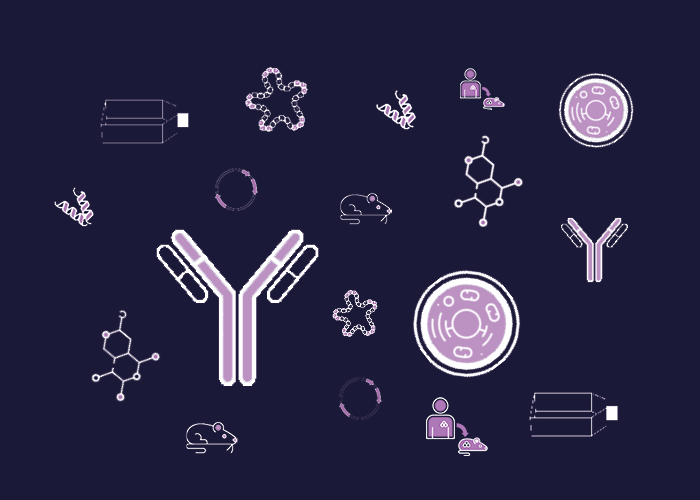
Cat. #161627
MM165 cell line
Cat. #: 161627
Availability: 8-10 weeks
Organism: Human
Tissue: Lymphatic
Disease: Cancer
Model: NRAS Q61K
£575.00
This fee is applicable only for non-profit organisations. If you are a for-profit organisation or a researcher working on commercially-sponsored academic research, you will need to contact our licensing team for a commercial use license.
Contributor
Inventor: Ghanem Elias, Ahmad Najem
Institute: Universit? libre de Bruxelles
Primary Citation: Leucci et al. 2016. Nature 531, 518522. PMID: 27008969
Tool Details
*FOR RESEARCH USE ONLY (for other uses, please contact the licensing team)
- Name: MM165 cell line
- Cancer: Skin cancer
- Cancers detailed: Melanoma
- Research fields: Cancer
- Parental cell: Ham's F10 melanoma culture medium (HMCM)
- Organism: Human
- Gender: Female
- Tissue: Lymphatic
- Donor: Derived from a lymph node metastasis of superficial spreading melanoma (SSM)
- Disease: Cancer
- Growth properties: Adherent
- Model: NRAS Q61K
- Model description: This cell line displays an invasive/Mesenchymal_like phenotype
- Crispr: No
- Description: Cell Pigmentation: Unpigmented cell line. Drug Response: Low sensititvty to MEKi
- Application: High-throughput screening/Drug testing - 3D cell cultures-MM165 is tumorigenic: Cells produce xenograft tumors when injected into immunocompromised mice.
- Biosafety level: 2
Applications
- Application: High-throughput screening/Drug testing - 3D cell cultures-MM165 is tumorigenic: Cells produce xenograft tumors when injected into immunocompromised mice.
Handling
- Format: Frozen
- Growth medium: Hamâs F10 supplemented with 10% of fetal calf serum (FCS), with L-glutamine (1mM), penicillin (100 IU/ml), and streptomycin (100 Â?g/ml). Renewal 2 to 3 times per week
- Temperature: 37° C
- Atmosphere: 5% CO2
- Shipping conditions: Dry Ice
- Storage conditions: Liquid Nitrogen
- Initial handling information: The frozen culture should be stored in liquid nitrogen upon arrival or thaw the vial and initiate the culture as soon as possible upon receipt
- Subculture routine: Split sub-confluent cultures (70-80%) 1:2 to 1:5
- Cultured in antibiotics: Yes
- Str profiling: Cell Line Authentication was performed using STR profiling with AmpFLSTRâ? Identifilerâ? PCR Amplification Kit (Thermo Fisher Scientific). 16 independent PCR-systems (D8S1179, D21S11, D7S820, CSF1PO, D3S1358, TH01, D13S317, D16S539, D2S1338, AMEL, D5S818, FGA, D19S433, vWA, TPOX, and D18S51) were investigated and analyzed (Eurofins Genomics, Germany). The STR profile will be provided
References
- Sabbah et al. 2021. Mol Cancer Res. 19(7):1221-1233. PMID: 33741716
- Krayem et al. 2014. Eur J Cancer. 50(7):1310-20. PMID: 24559688
- Krayem et al. 2018. Oncotarget. 9(61):31888-31903. PMID: 30159130
- Soumoy et al. 2020. Cancers (Basel). 12(5):1323. PMID: 32455924
- Porcelli et al. 2015. J Transl Med. 13:26. PMID: 25623468
- Wouterset al. 2020. Nat Cell Biol. 22(8):986-998. PMID: 32753671
- Verfaillie et al. 2015. Nat Commun 6, 6683. PMID: 25865119
- Aftimos et al. 2013. Int J Oncol. 43(3)...



